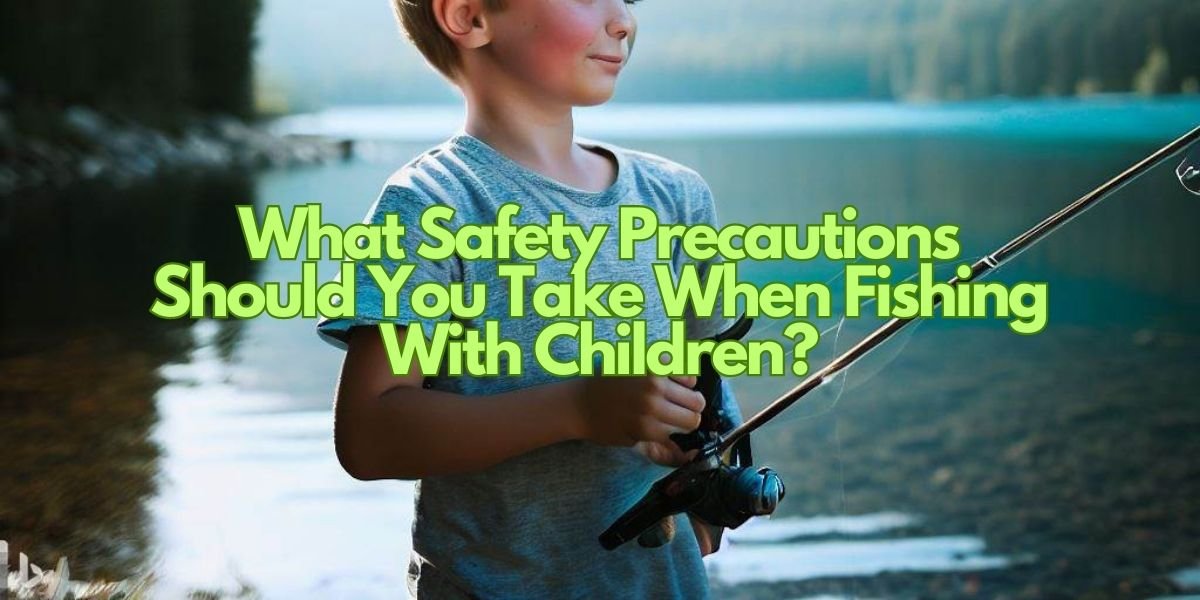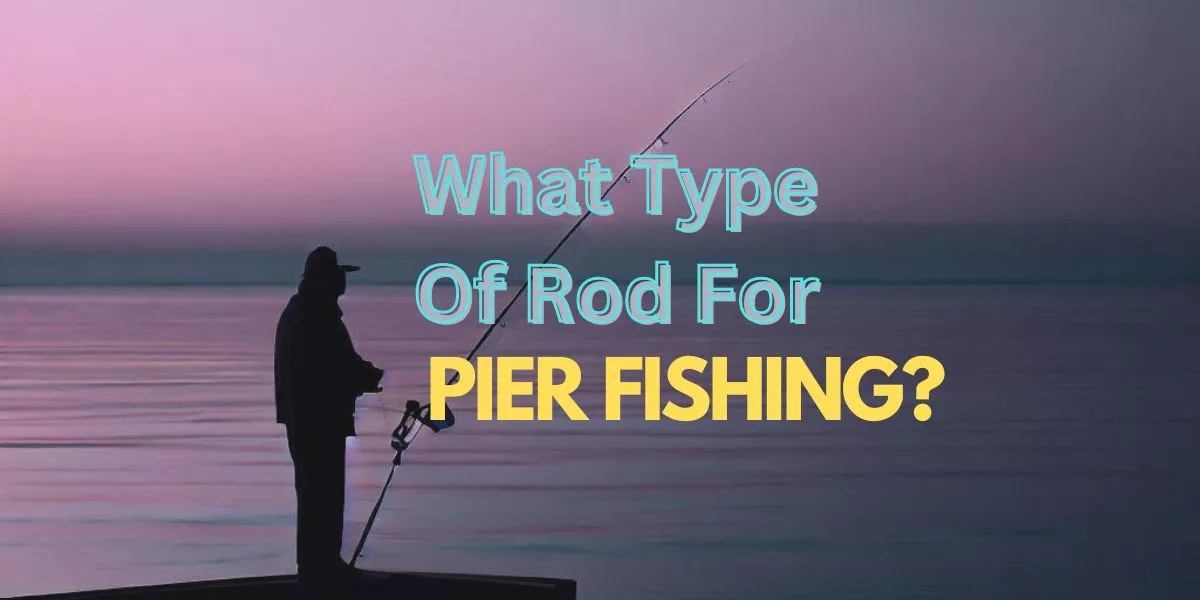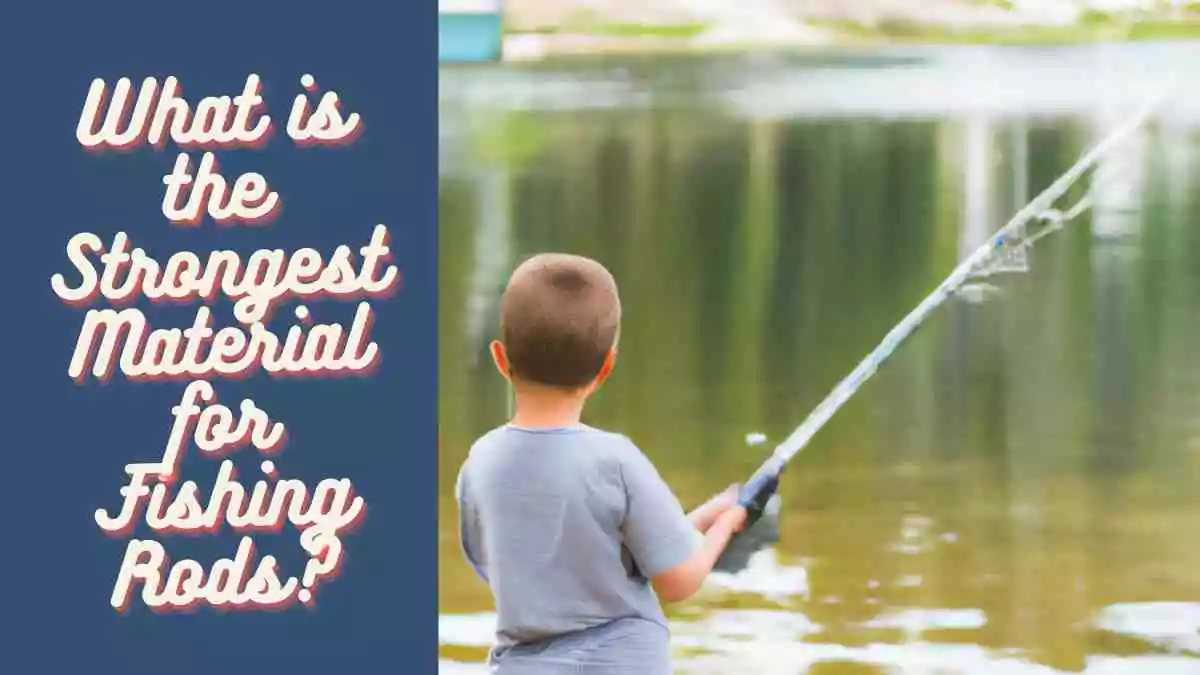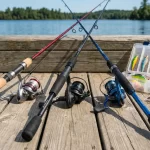Fishing is a great family activity that everyone, including children, can enjoy. It’s an opportunity to bond with your little ones while teaching them important life skills such as patience and perseverance.
However, it’s important to understand that fishing also comes with potential risks, and therefore it’s crucial to take necessary safety precautions when fishing with children. This blog post will discuss some essential safety measures you should consider before heading out to the water with your little ones.
Your main priority as a parent or caregiver is keeping your children safe. Any water-related activity can be risky, especially when children are involved. Therefore, it’s essential to take careful precautions to ensure their safety.
Following the recommended safety measures discussed in this blog post can significantly reduce the likelihood of accidents or incidents occurring while fishing with children.
From ensuring proper gear to teaching basic water safety rules, we cover all the essential steps you need to take to keep your children safe while enjoying the activity to the fullest.
So, grab your gear, gather your little ones, and ensure a safe and enjoyable fishing experience for everyone involved!
Always supervise children while fishing, and make sure they are within arm’s reach.
Fishing can be a fun and peaceful activity for children of all ages but requires close supervision. As a parent or guardian, it is crucial to always supervise children while fishing and ensure they are within arm’s reach. This not only provides safety but also allows you to teach them the proper techniques of fishing.
Here are some step-by-step tips and tricks that can help you ensure a safe and enjoyable fishing experience for your little ones:
1. Teach children about the safety rules of fishing:
Before heading out to the water, educate your kids on the basic fishing safety rules. Let them always know to stay away from the water’s edge, wear a lifejacket, and never swim alone.
2. Use the right equipment:
Children require smaller, more comfortable, and easily handled gear. Provide them with a light fishing rod that fits their hands correctly so they can easily cast.
3. Choose the right spot:
As a parent or guardian, you must pick a safe fishing spot. Choose a location away from dangerous currents, and ensure the water is shallow enough for the child to stand. Make sure you are aware of the weather conditions before heading out.
4. Demonstrate proper techniques:
Teaching children how to cast, reel in, and identify the different types of fish can be a fun and educational experience. Ensure you demonstrate the proper techniques and encourage them to follow your lead.
5. Keep an eye on them:
Children can be easily distracted, so watching them closely is important. Ensure they are within arm’s reach and fully supervise them while fishing.
Following these tips guarantees you and your children a fun and safe fishing experience. Remember, children are always learning, so it’s vital to be patient with them and provide constant guidance to ensure their enjoyment and safety.
See also: The 10 Best Kids Fishing Poles
Provide children with appropriate gear, such as life jackets and sun protection.
As parents, we want our children to have fun and be safe when playing outside or near water. One of the best ways to ensure their safety is to provide them with the appropriate gear. Two items that are essential for outdoor playtime are life jackets and sun protection.
Life Jackets:
It’s important to ensure your child wears a properly fitted life jacket when participating in water activities, such as swimming or boating.
Life jackets can help prevent drowning and are required by law in many situations. It’s important to choose a life jacket that fits properly and has been approved by the Coast Guard.
Sun Protection:
Children’s skin is more prone to sunburn and damage, so it’s important to provide them with proper sun protection. Sunscreen with an SPF of 30 or higher should be applied to all exposed skin, including the face, neck, and hands.
Additionally, hats and sunglasses can help protect their face and eyes from the sun’s harmful rays. Avoid peak sun hours between 10 a.m. and 4 p.m. and seek shade whenever possible.
Here are some key tips to keep in mind when providing your child with appropriate gear for outdoor play:
- Check for proper fit on life jackets and sun protection gear.
- Always use a life jacket when participating in water activities.
- Apply sunscreen with an SPF of 30 or higher to all exposed skin.
- Utilize hats, sunglasses, and shade to protect yourself from the sun’s harmful rays.
By taking these precautions and providing your child with the appropriate gear, you can ensure a safe and enjoyable outdoor experience for everyone. Remember, safety should always come first!
Teach children the importance of being cautious around water, and ensure they understand basic water safety rules.
Water safety is an important life skill to teach children, as the risk of drowning is one of the leading causes of death in children aged 1-14.
As parents and guardians, it is essential to ensure that children understand the importance of being cautious around water and know basic water safety rules. Here are some key factors to consider when teaching children how to stay safe in and around water:
1. Supervision: Always supervise children in, on, or near water. This includes pools, lakes, rivers, oceans, and bathtubs.
2. Floatation devices: Children should always wear a life jacket or other flotation device when swimming or participating in water-related activities.
3. Rules: Make sure children understand the rules of water safety, such as no running or diving in shallow water, no pushing or throwing other people in the water, no swimming alone, and no swimming in bad weather.
4. Awareness: Educate children about the dangers of water, such as rip currents, undertow, and cold shock.
5. Preparation: Ensure that children know what to do if they find themselves in a dangerous situation in the water, such as swimming to the nearest shore, calling for help, or using a flotation device.
By teaching children the importance of being cautious around water and equipping them with basic water safety rules, you can help ensure their safety and well-being.
It is also important to practice these safety rules with children regularly so that they are comfortable and confident when in or around water.
See also: 3 Tips For Teaching Kids To Fish
Conclusion
Fishing with children can be a fun and rewarding experience for both parent and child, but it also comes with safety precautions.
Always supervise children while fishing, and make sure they are within arm’s reach. Provide children with appropriate gear, such as life jackets and sun protection.
Teach children the importance of being cautious around water, and ensure they understand basic water safety rules.
By taking these important safety steps, parents and guardians can ensure that their children are safe and have a great time fishing.
Taking the necessary safety precautions when fishing with children can make all the difference in the world in terms of enjoyment and safety.








